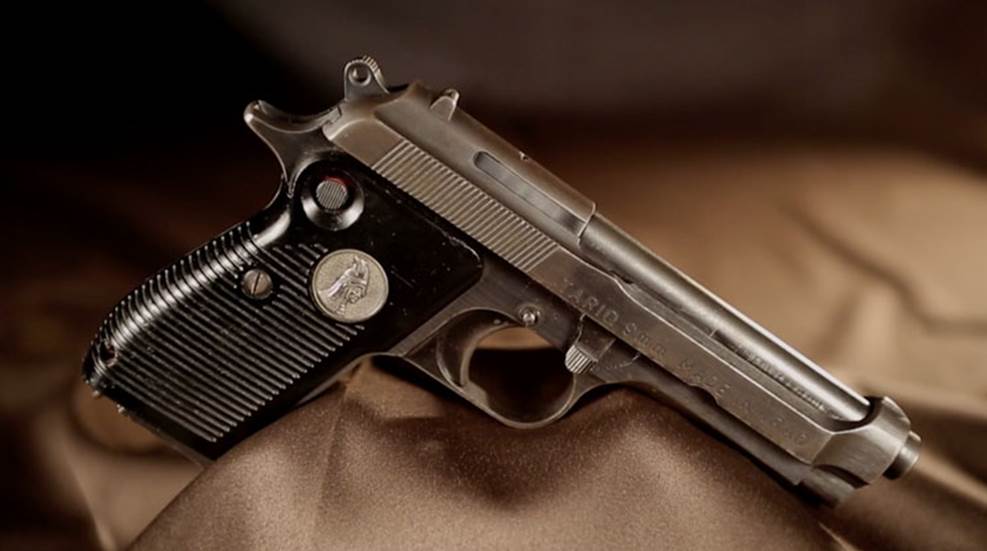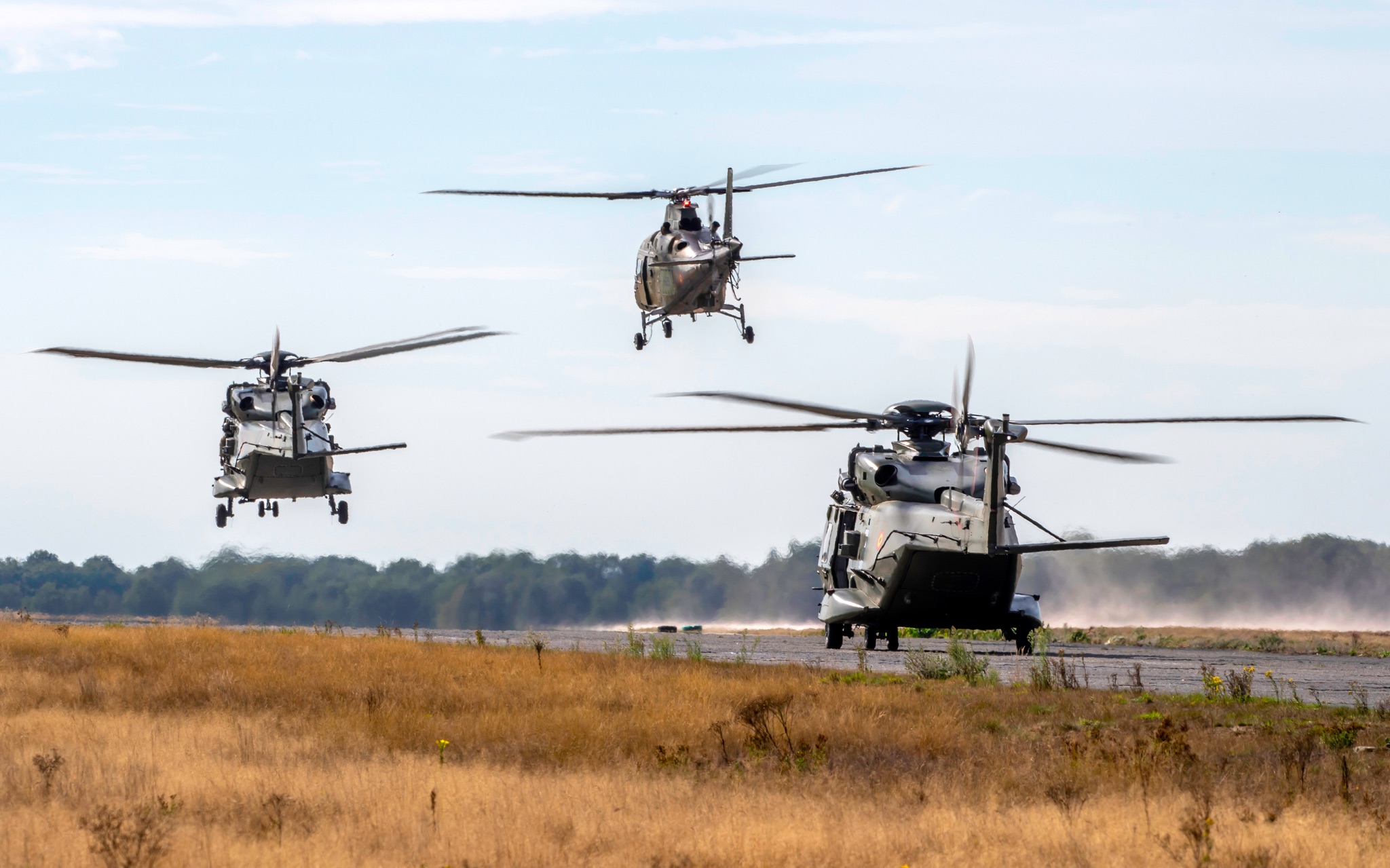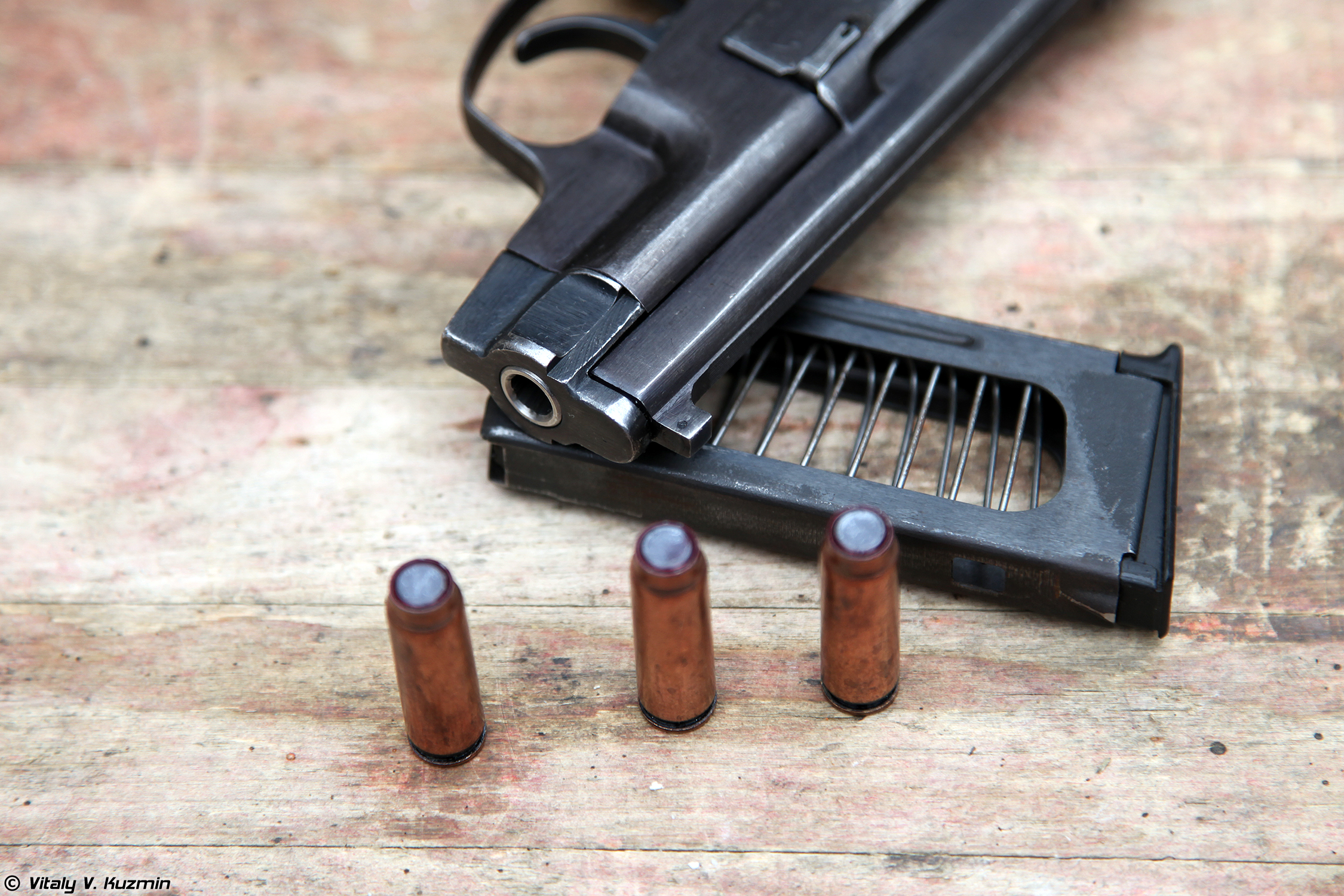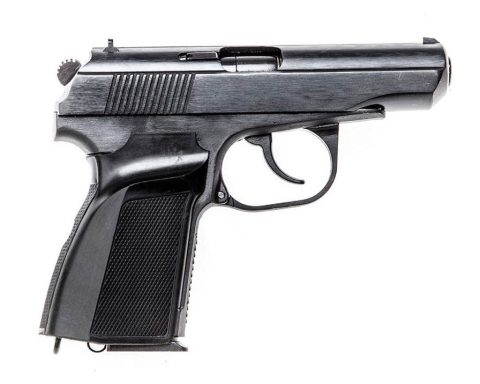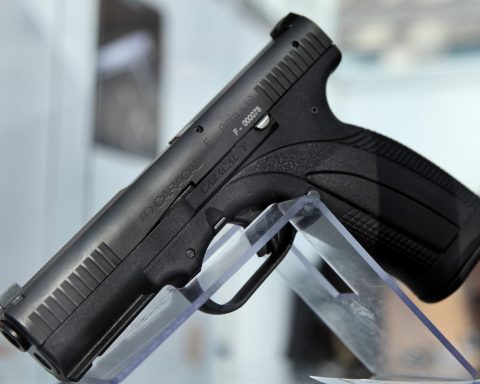The Tariq is a 9x19mm semi-automatic pistol that is a licensed copy of the Italian Beretta M1951. The pistol is named in honor of the medieval Arab warrior Tariq ibn Ziyad, who led the invasion of Spain in 711. The name “Gibraltar” is a Spanish derivation of Tariq’s name.
Introduction
Beretta between 1949 and 1980 produced, the Beretta M1951 pistol. When production ceased, all the tooling and machinery were sold to Iraq, where production began in 1981. The Tariq, a clone of the Beretta 70 series, was a popular choice throughout the Middle East and Northern Africa and was a standard-issue handgun for the Iraqi armed forces and the Republican Guard. Production of the Tariq was halted in 2003 due to the war in Iraq but resumed in 2009. Currently, the Tariq is in service with the Iraqi police and Kurdish armed forces and is known for its ruggedness, accuracy, reliability, and combat-proven performance.
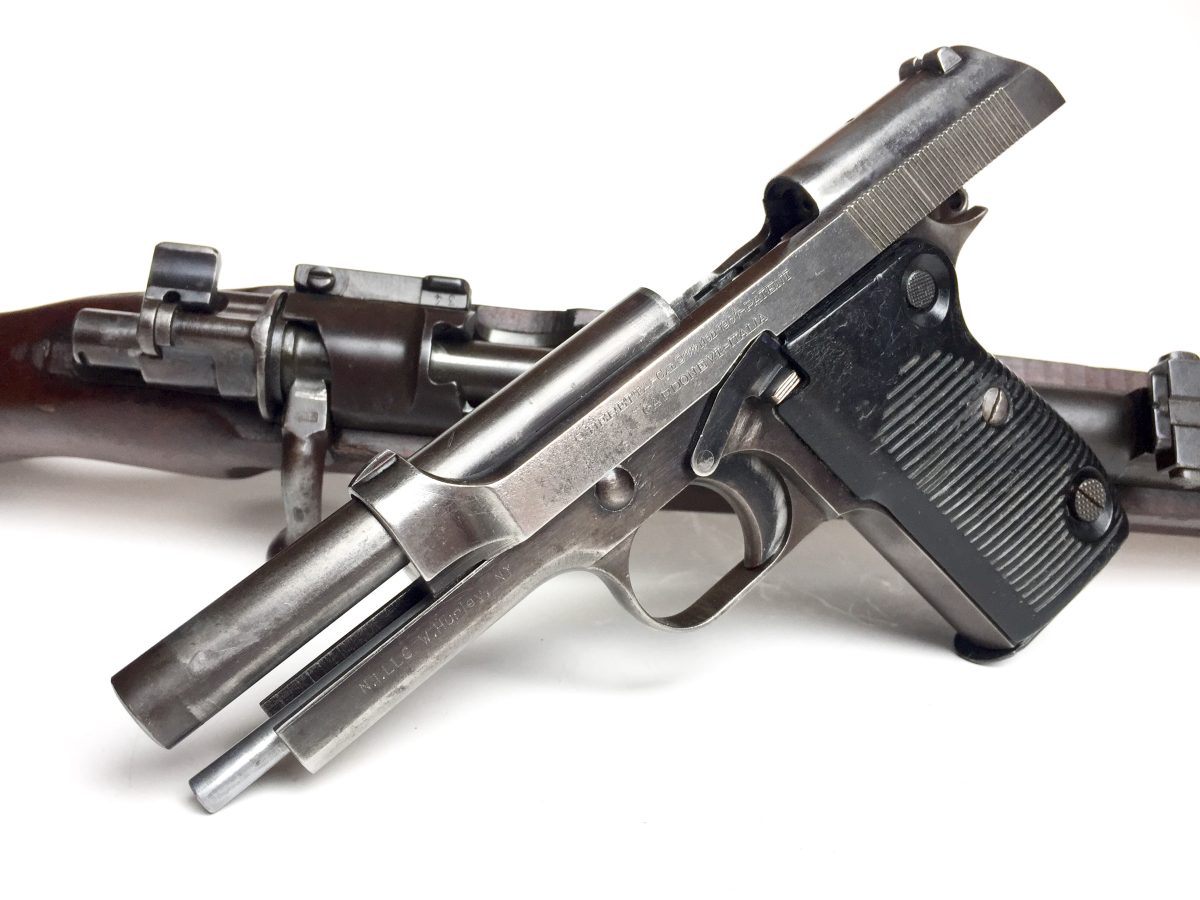
The Tariq is often referred to as the “Hi-Point of Iraq,” a reference to the inexpensive and widely available Hi-Point pistols in the United States. Additionally, the Tariq is commonly applied to the Beretta M1951 and its clones without context.
History
The Tariq pistol was licensed and produced in Iraq during the 1980s under the direction of Saddam Hussein. The former leader sought to establish an arms manufacturing plant in Al-Qadisiyah, primarily to produce a version of the Yugoslavian Zastava M70 known as the Tabuk and the Tariq. The license for the Beretta M1951 was likely obtained at a low cost as Beretta had already moved on to producing the more advanced Beretta 92.
The arms plant in Al-Qadisiyah was a success, and Tabuk rifles and Tariq pistols were mass-produced and became standard issues for much of the Iran-Iraq War and the Gulf Wars that followed. As a result, thousands of Tariqs ended up on the black market following the collapse of the Ba’athist Iraqi government and the looting of government armories in 2003.
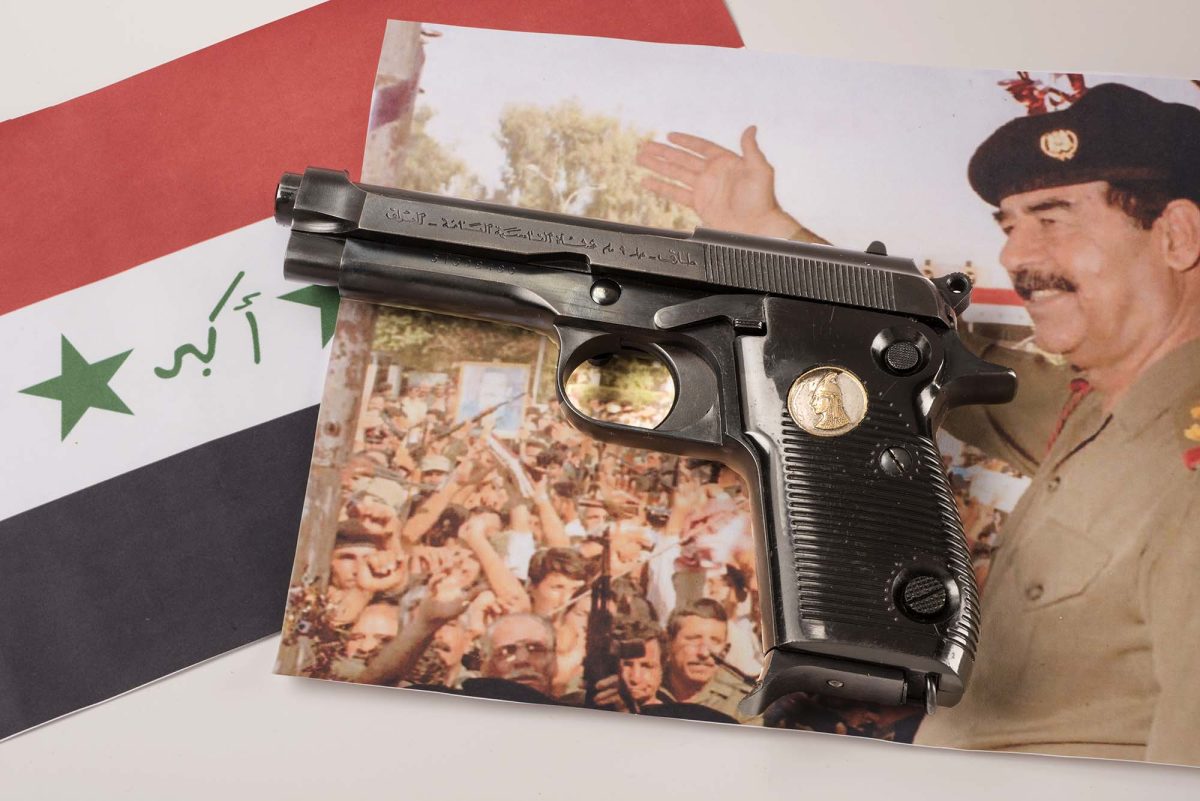
Design
The Tariq pistol is a replica of the Beretta M1951 in terms of internal design. However, there are some distinct external differences. One noticeable feature is the medieval warrior emblem on the grip and Arabic stamping on the slide. Additionally, gold-plated versions were produced for ceremonial presentations, and some pistols feature special inscriptions.
The Tariq is chambered for 9×19 mm ammunition and operates on a short-recoil mechanism. It is an evolution of Beretta’s first locked-breech design, which was influenced by the Walther P38 pistol. This design has proven to be reliable in desert conditions.
Another unique feature of the Tariq is its non-tilting barrel, allowing easy suppression. Unlike other tilting barrel pistols such as the Glock, Browning High-Power, and HS2000, the Tariq does not require a “booster” component in the suppressor, as the fixed barrel does not require additional energy to unlock. This makes the Tariq a popular choice among assassins and special forces in Iraq, as it allows for the use of simple suppressors.
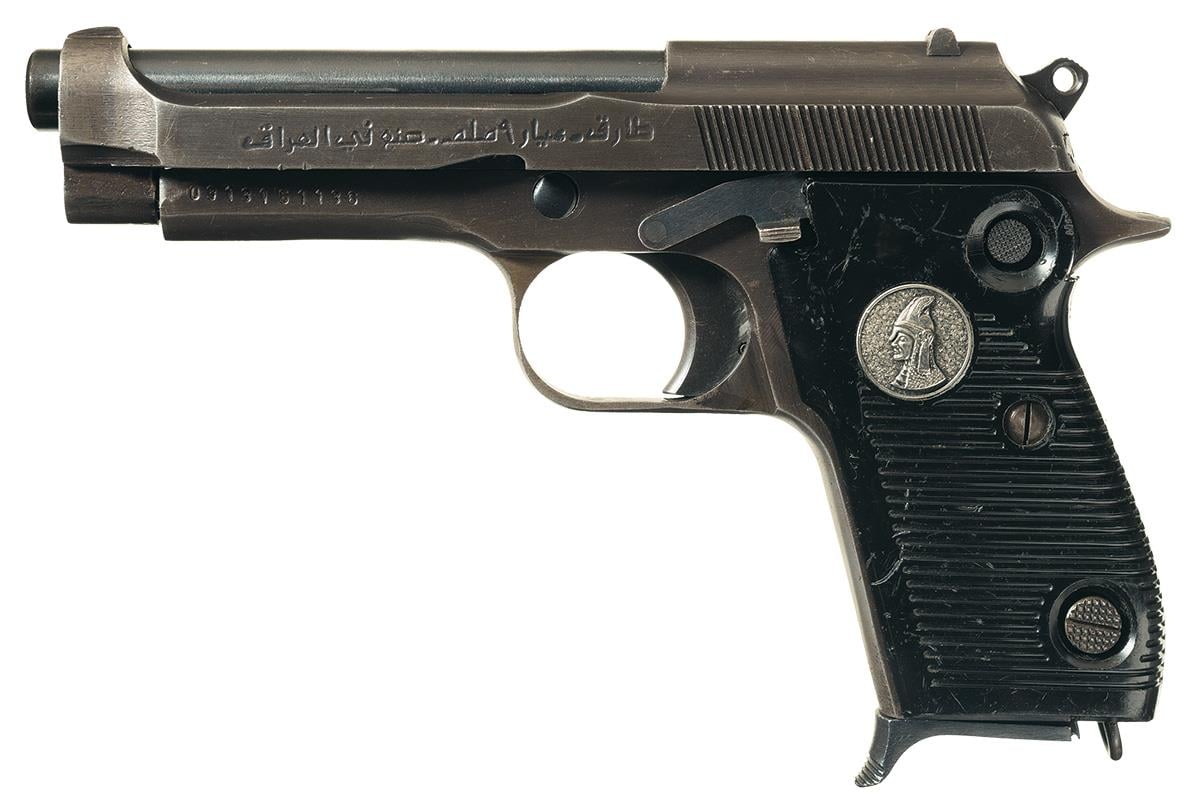
The Tariq features a single-action trigger and a manual cross-bolt safety on the frame beneath the hammer. It is fed by an 8-round magazine, which is lower in capacity than modern semi-automatic pistols. The Tariq’s iron sights are fixed for a range of 50 meters, and its effective firing range is also approximately 50 meters.
Technical specifications
| Country of origin: | Iraq |
| Entered service: | 1981 |
| Caliber: | 9×19 mm Parabellum |
| Weight: | 870 g |
| Length: | 203 mm |
| Barrel length: | 114 mm |
| Muzzle velocity: | 360 m/s |
| Magazine capacity: | Eight rounds |
| Sighting range: | 50 m |
| Range of effective fire: | 50 m |
